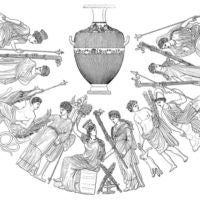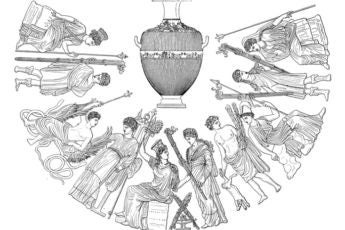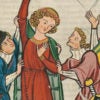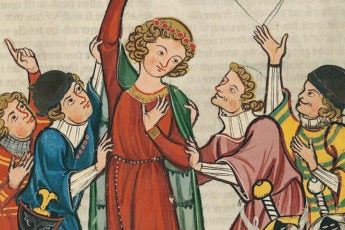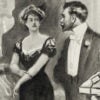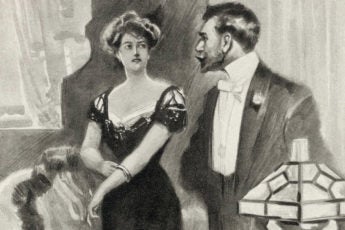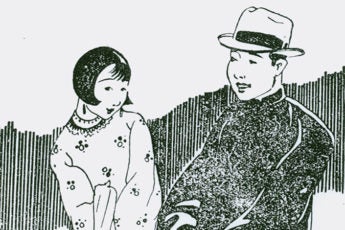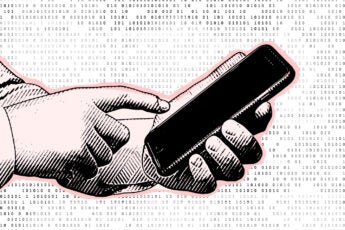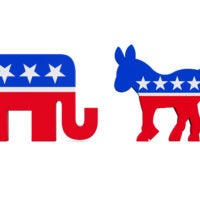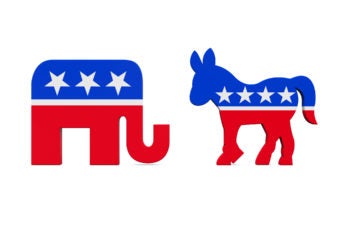What is love? Stanford researchers and scholars examine matters of the heart
From the fields of science to sociology, politics and philosophy, here is what Stanford research says about love and romance, in the past and present day.
For centuries, people have tried to understand the behaviors and beliefs associated with falling in love. What explains the wide range of emotions people experience? How have notions of romance evolved over time? As digital media becomes a permanent fixture in people’s lives, how have these technologies changed how people meet?
Examining some of these questions are Stanford scholars.
From the historians who traced today’s ideas of romance to ancient Greek philosophy and Arab lyric poetry, to the social scientists who have examined the consequences of finding love through an algorithm, to the scientists who study the love hormone oxytocin, here is what their research reveals about matters of the heart.

